Hot Topic
dcarch7 d c f l a s h 7 @ y a h o o . c o m
13 years ago
Related Stories
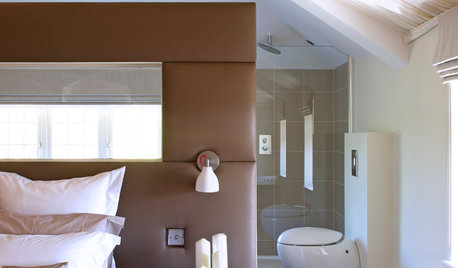
You Said It: Hot-Button Issues Fired Up the Comments This Week
Dust, window coverings, contemporary designs and more are inspiring lively conversations on Houzz
Full Story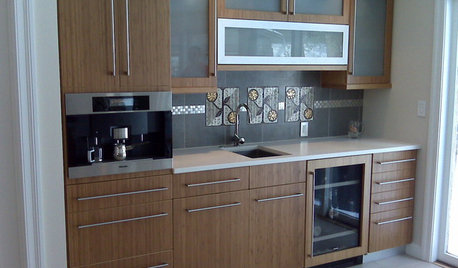
KITCHEN DESIGNHot Ideas and Tips for Coffee and Tea Stations
Let options like drawer inserts and built-in coffeemakers percolate now, so your hot-drinks station can best serve holiday guests
Full Story
DECORATING GUIDESHot Off the Press: Design Sponge At Home
Grace Bonney's blog-gone-book is as practical as it is inspirational
Full Story0

LIVING ROOMSDrop In on a Hot Comeback With a Sunken Living Room
Take the plunge into a new kind of practicality with an interior design feature that has a rich history
Full Story
KITCHEN DESIGNUsing White Marble: Hot Debate Over a Classic Beauty
Do you love perfection or patina? Here's how to see if marble's right for you
Full Story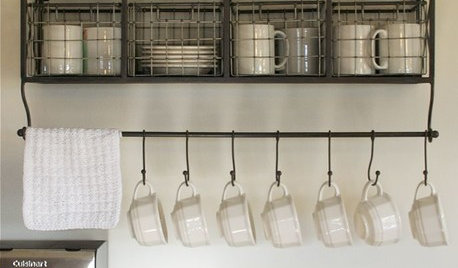
KITCHEN DESIGNHot-Drink Stations Hit the Spot
Beverage bars brimming with cocoa, tea, coffee and all the accoutrements make winter entertaining a delight
Full Story
DECORATING GUIDES12 Ways to Cool Your Home Without Air Conditioning
If your summer energy bill is leaving you hot under the collar, consider these savvy alternate strategies for cooling down
Full Story
LANDSCAPE DESIGNFind Yourself in an Epic Garden in the Shade
Feeling hot and tired gardening in the sun? The world of shade gardening beckons you to its cool mystery
Full Story
GARDENING GUIDESSummer Gardens Sing With Blues
When hot weather hits, bursts of blue keep the garden palette cool and calm
Full Story
ARCHITECTUREDiscover Modern Architecture's Appeal
Do modernism's 'cold' expanses make you hot under the collar? This reasoning may change your mind
Full Story


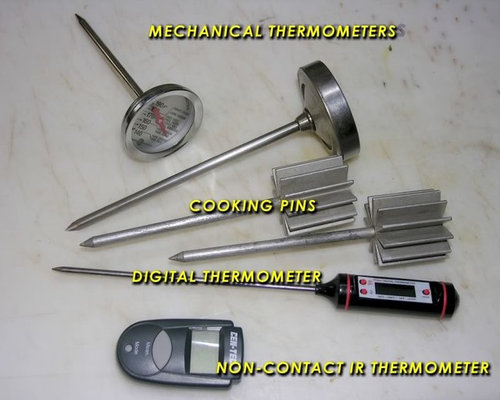
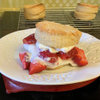
hawk307
lindac
Related Discussions
Hot Topic
Q
Thanks Sue Va~~~Hot Topics
Q
Hot Topics??
Q
This forum is on track to be worse than Hot Topics
Q
stacy3
dcarch7 d c f l a s h 7 @ y a h o o . c o mOriginal Author
annie1992
lindac
dcarch7 d c f l a s h 7 @ y a h o o . c o mOriginal Author
hawk307
hawk307
jimster
dcarch7 d c f l a s h 7 @ y a h o o . c o mOriginal Author
dcarch7 d c f l a s h 7 @ y a h o o . c o mOriginal Author
hawk307